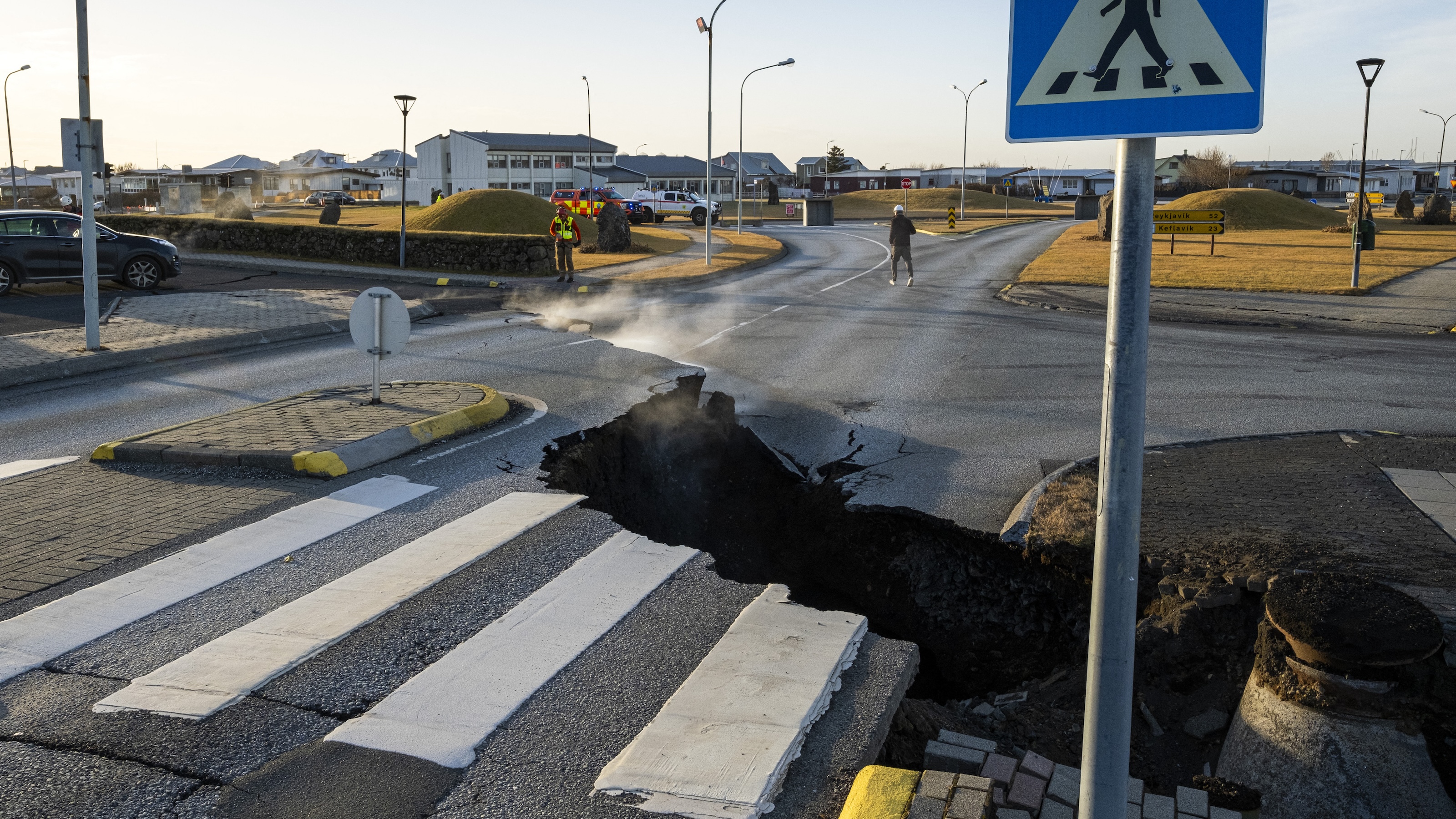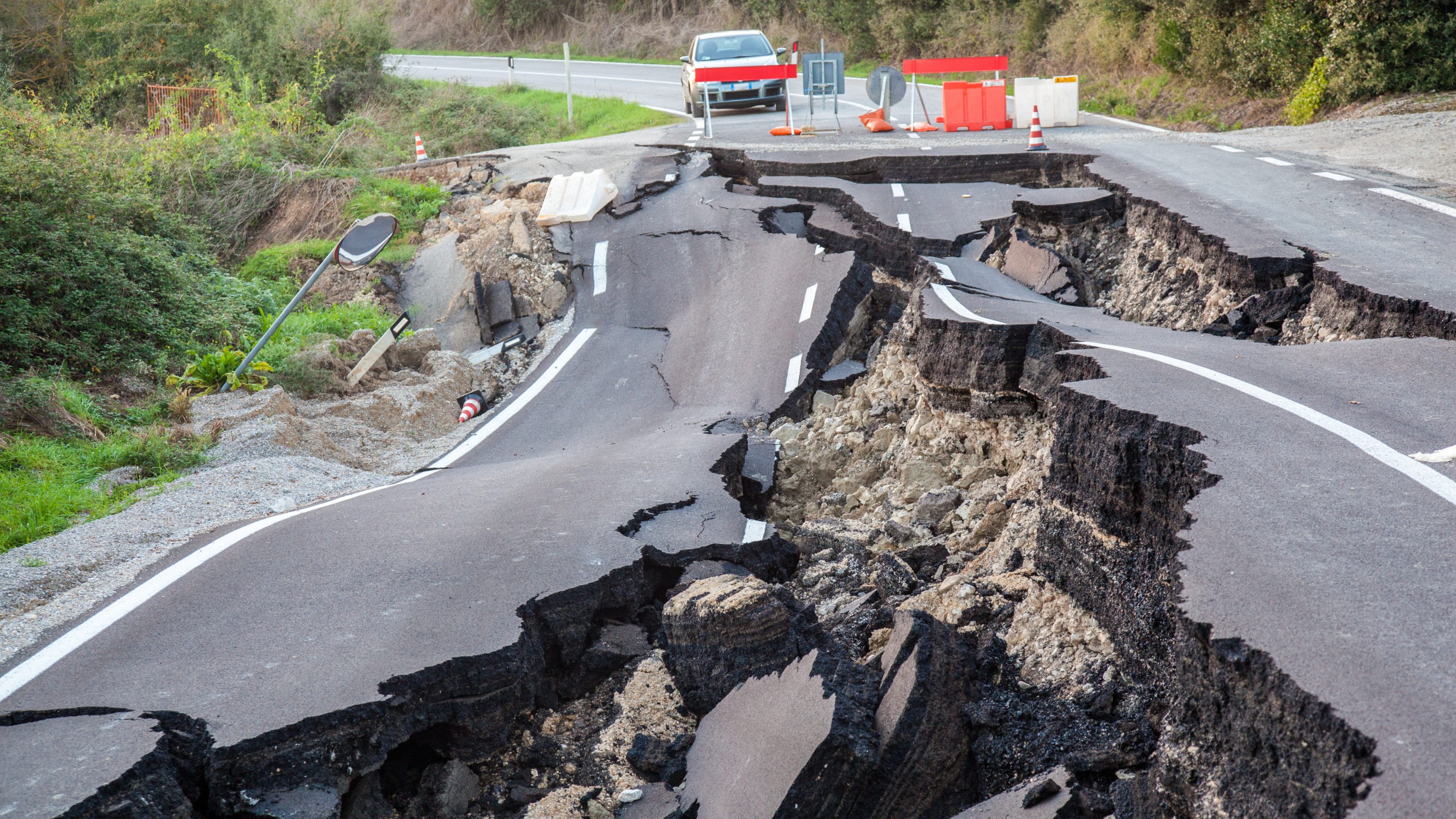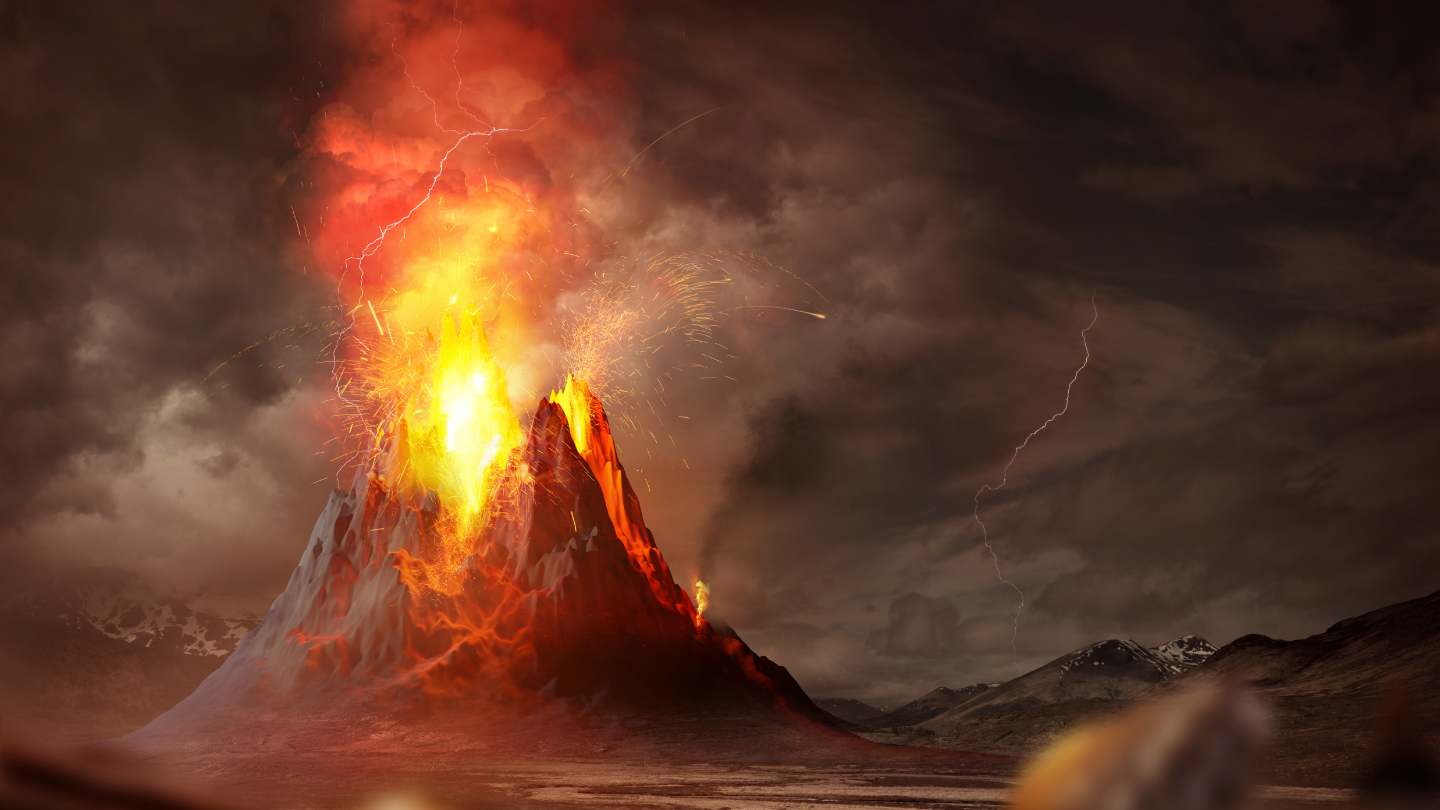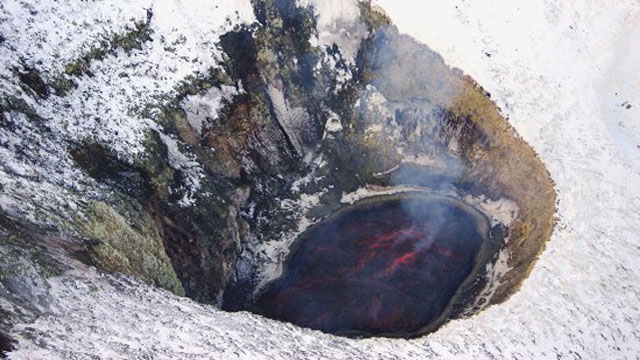Why Earthquake Prediction Models May Need Reevaluating

What’s the Latest Development?
A paper published in the latest issue of Seismological Research Letters suggests that subduction zones — areas where one of Earth’s tectonic plates moves beneath the other when they collide — may produce larger and more powerful earthquakes than current models are able to predict. Lead author Chris Goldfinger says that rather than assuming that all of the strain between plates is released when an earthquake occurs, it’s possible that that energy may release itself in multiple earthquakes of varying strengths over a period of time. Because of the length of this period — what Goldfinger calls a supercycle — current models for potential earthquakes along these zones “have no predictive value.”
What’s the Big Idea?
The magnitude-8.0 earthquake that struck near the Solomon Islands this week is only the latest example of this phenomenon; in their paper Goldfinger and his colleagues cited data from, among others, the 2011 earthquake near Japan and the 2004 earthquake near Sumatra. Fortunately, improved technology is allowing geologists to see further into the Earth’s past, so that they can get better estimates of possible problems. “It’s time to come up with something new,” Goldfinger says.
Photo Credit: Shutterstock.com
Read it at The Christian Science Monitor





